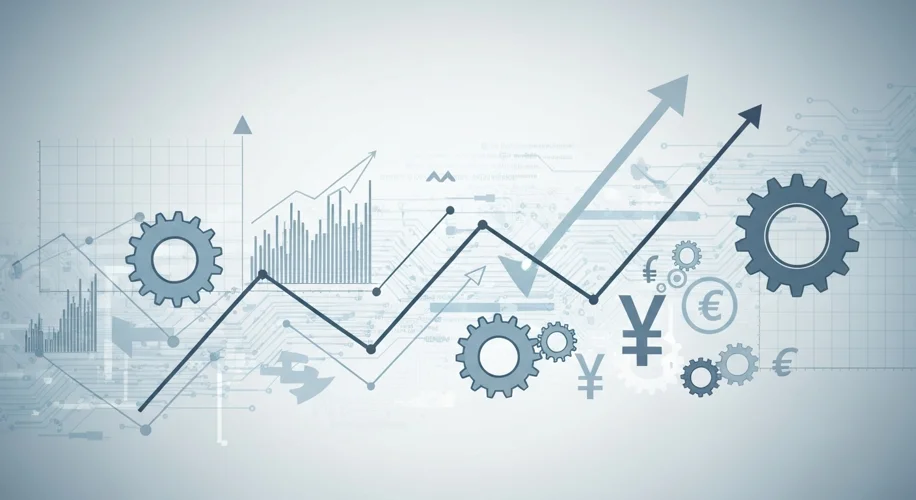As someone who’s spent a career in technology, I’ve seen firsthand how rapidly things can change. The same applies to our economy. Lately, there’s been a lot of talk about economic slowdowns and potential recessions. It’s easy to get caught up in the headlines, but understanding what’s actually happening, and what policies might help, requires a closer look.
What’s a Recession, Really?
Economists often define a recession as a significant decline in economic activity spread across the economy, lasting more than a few months, normally visible in real GDP, real income, employment, industrial production, and wholesale-retail sales. Think of it as a broad-based slowdown where many sectors feel the pinch. It’s not just one company or one industry struggling; it’s a wider economic chill.
Why the Warnings?
Economic forecasting isn’t an exact science, but certain indicators can signal potential trouble. For instance, inverted yield curves, where short-term government bonds yield more than long-term ones, have historically been a predictor of recessions. Supply chain disruptions, rising inflation, and shifts in consumer spending can also be red flags. From my perspective in tech, we often see early indicators of economic shifts reflected in tech spending and hiring.
Policy Proposals: A Closer Look
When the economy slows, governments and central banks often consider policy interventions. These can range from fiscal policies (government spending and taxation) to monetary policies (interest rates and money supply managed by central banks).
For example, some might advocate for increased government spending on infrastructure projects. The idea is to create jobs and stimulate demand. Others might suggest tax cuts, hoping to leave more money in the hands of consumers and businesses, encouraging spending and investment.
On the monetary side, central banks might lower interest rates to make borrowing cheaper, theoretically encouraging businesses to invest and consumers to spend. Conversely, if inflation is a concern, they might raise rates to cool down the economy.
The Ethical and Societal Angle
It’s crucial to consider the broader impact of these policies. Who benefits most? Are these policies sustainable? For instance, while stimulus checks might provide immediate relief, we need to ask ourselves about their long-term effects on national debt and inflation. Similarly, when interest rates rise, it can ease inflation but also make it harder for people to afford mortgages or for businesses to expand.
From my experience, the most effective policies are those that are well-researched, consider diverse societal impacts, and are adaptable. We need a more nuanced approach than simply applying a one-size-fits-all solution. Thinking about how technology intersects with these economic shifts is also vital. Automation, for example, can boost productivity but also displace workers, raising questions about retraining and social safety nets.
Encouraging Critical Thinking
As we hear more about economic conditions, it’s important to look beyond the immediate noise. We should engage in critical thinking, examining the data, understanding the potential consequences of different policy proposals, and considering their ethical implications. Our collective economic well-being depends on informed discussion and thoughtful action.

